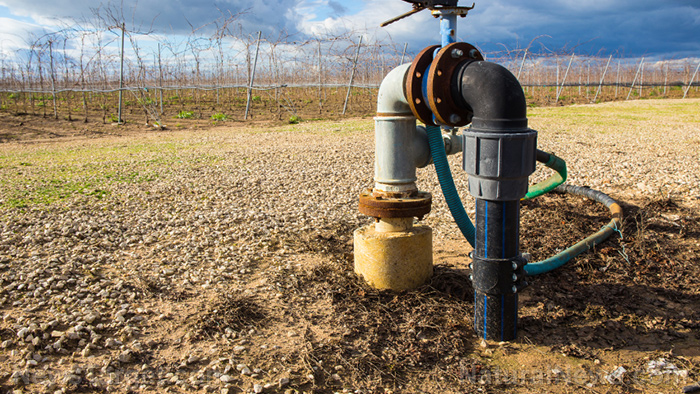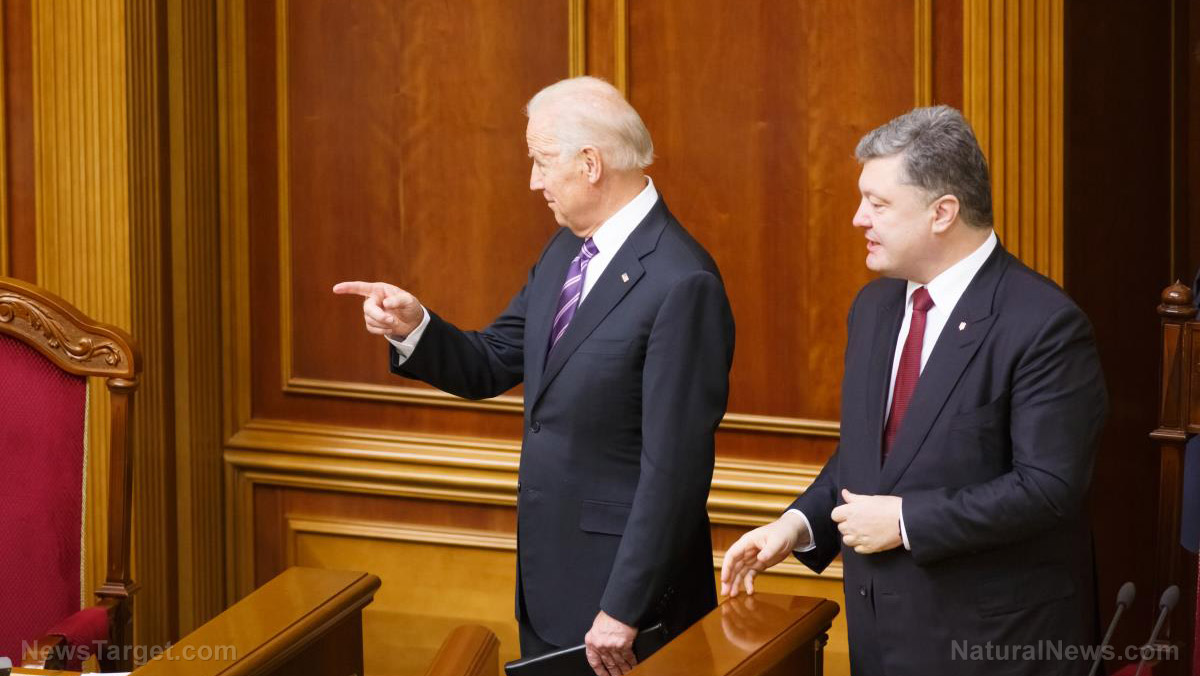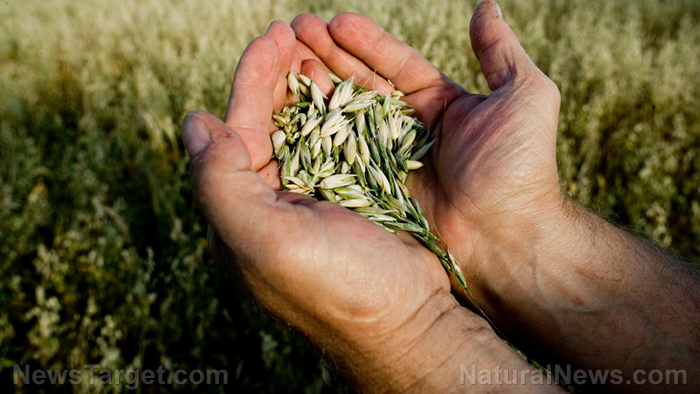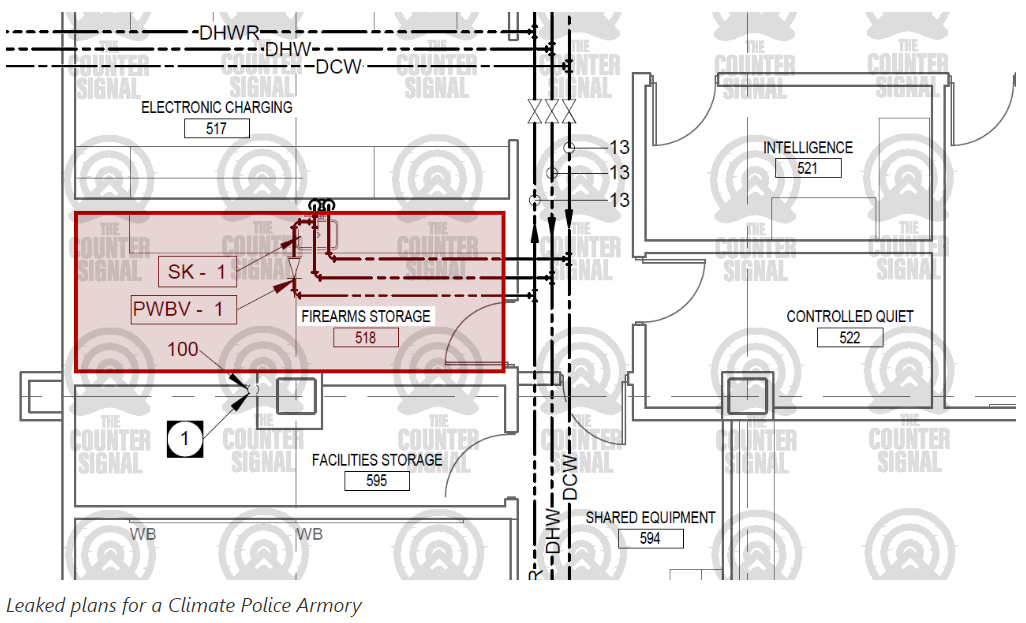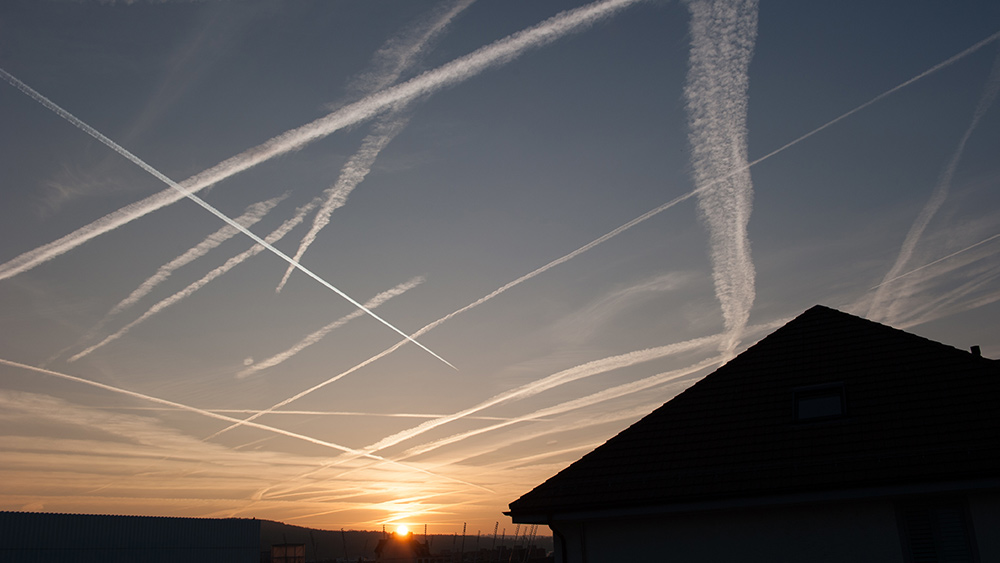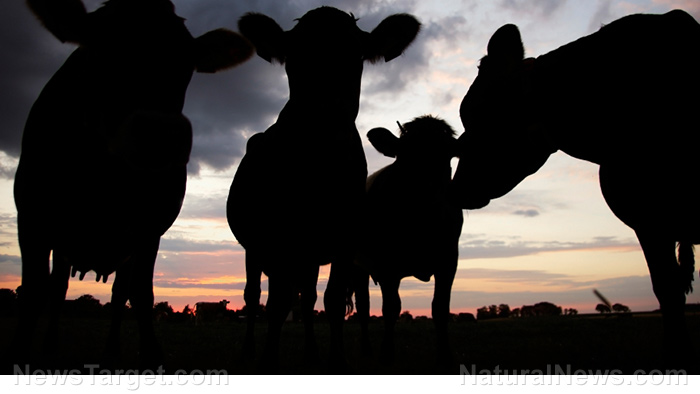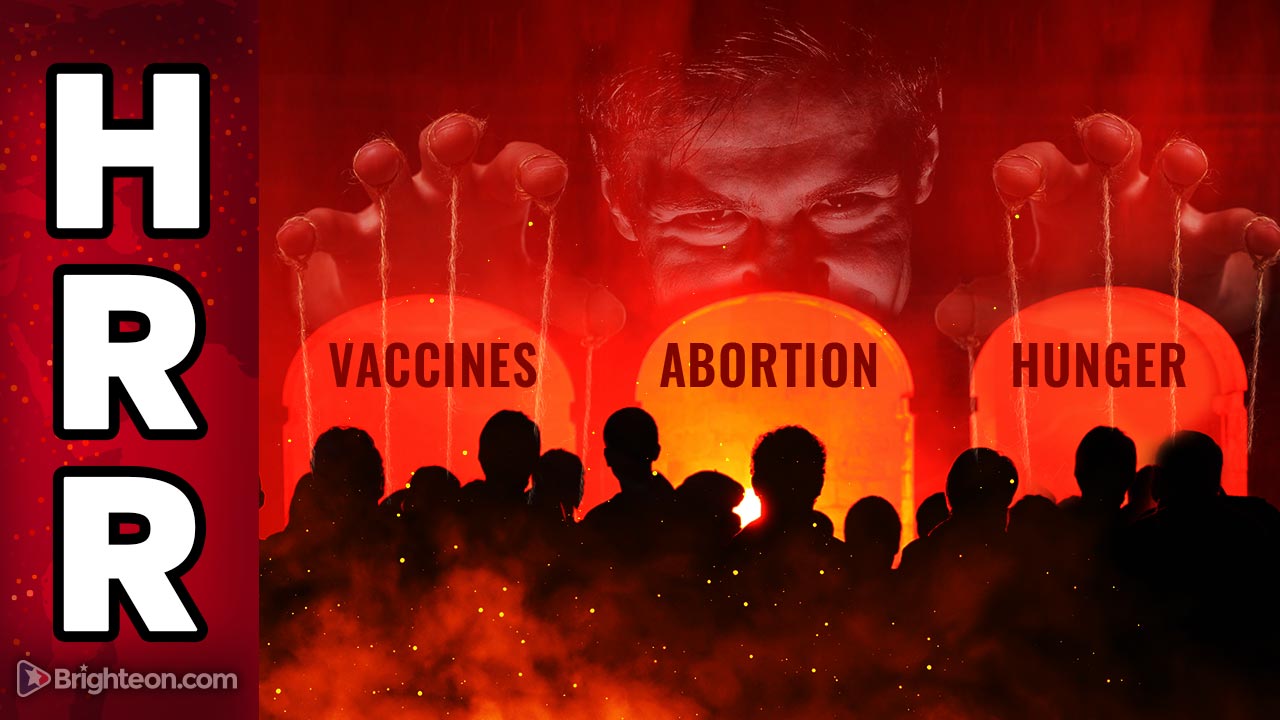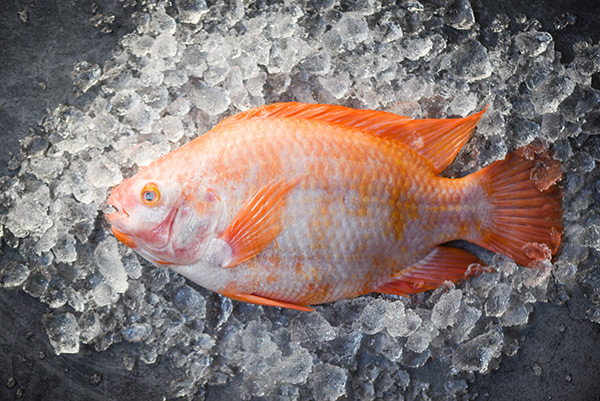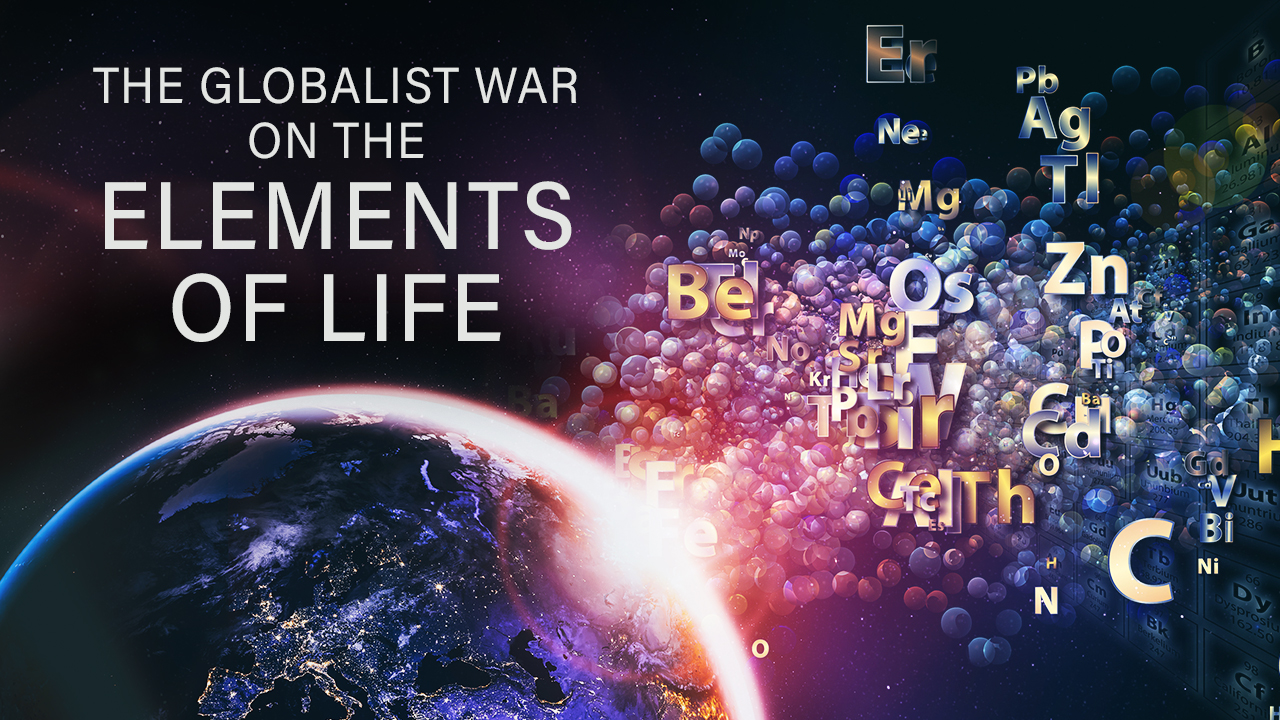FERTILIZER COLLAPSE: Chemical giant BASF to slash ammonia production in Germany amid natural gas crisis, reducing nitrogen-based fertilizer supply
07/30/2022 / By Ethan Huff

As Germany’s natural gas supply runs dry, major corporations that use it such as chemical giant BASF are having to pay more for what they can get while also drastically cutting production.
BASF reportedly had to pay an additional 800 million euros (about $809.5 million) in the second quarter compared to a year earlier while slashing output of ammonia, which requires large amounts of gas in order to produce.
“We are reducing production at facilities that require large volumes of natural gas, such as ammonia plants,” announced BASF chief executive Martin Brudermuller in a conference call following an earnings report.
BASF is looking to tap external suppliers to fill the deficit, but there will still be potential supply disruptions. Ammonia is a fertilizer, after all, which means farmers will have more trouble getting it, which means more problems rippling throughout the supply chain.
“Reuters details how ammonia plays a critical role in manufacturing nitrogen-based fertilizers, plastic-making, and diesel exhaust fluid,” one report explained. “A byproduct of ammonia production is high-purity carbon dioxide (CO2) which is heavily used in the food industry.”
They refuse to admit it, but the world’s largest economies are now in a recession
The move comes after Russia announced that natural gas flows through the Nord Stream 1 (NS1) pipeline will be reduced by half, dropping from 40 percent to just 20 percent.
Other European Union (EU) countries have said they will reduce NatGas demand by 15 percent over the next eight months, but Germany faces a much more difficult situation as it has no liquefied natural gas (LNG) port terminals to replace the Russian pipeline on which it has long relied.
Sacrifices like less heat in the winter will have to be made, we are told, as well as the possibility of a lights out situation in Germany come wintertime.
Benchmark natural gas prices in Europe at the Dutch TTF hub have consequently hit their highest levels since March, shooting up 35 percent in just one week.
“Chemical companies are the biggest industrial natural-gas users in Germany, and ammonia is the single most gas-intensive product within that industry,” Reuters reported.
Arne Rautenberg, a fund manager at Union Investment, says ammonia is more than likely the first thing that will go amid the natural gas supply squeeze because of the time of year in which it is typically needed.
“In the northern hemisphere, nitrogen fertilizer is applied primarily during the spring,” Rautenberg said, indicating that the CO2 supply for the food industry is likely to experience disruptions.
“It can also be produced in the United States and shipped to Europe.”
Because of soaring energy prices caused by inflation, natural gas use in Germany and elsewhere was already being cut long before Russia invaded Ukraine, which prompted sanctions that have impacted the flow of natural gas through NS1.
VCI, a chemical industry lobby, says German ammonia production started being curbed almost a year ago. The economic impact of those cuts is now being felt in a major way and will lead Germany and the rest of the world into a recession.
“Less fertilizer means less food and more bugs,” wrote someone at Zero Hedge about how the engineered takedown of the global economy and food supply will lead the world into a paradigm of eating crickets and other bugs, just as the “elite” have long been planning.
“What does a world without fertilizer look like? Hint: It looks like global famine,” wrote another.
“The Germans may as well voluntarily report to the Rhine meadow camps of post-WW2,” added someone else. “Their voluntary subjugation is almost complete.”
More related news about natural gas can be found at FuelSupply.news.
Sources for this article include:
Submit a correction >>
Tagged Under:
agriculture, ammonia, BASF, collapse, collusion, conspiracy, crisis, crops, deception, economic collapse, engineered collapse, fertilizer, fertilizer watch, food industry, food shortage, food supply, fuel shortage, fuel supply, Germany, global reset, harvest, heating homes, hunger, inflation, natural gas, recession, Russia, scarcity, starvation, supply chain, Ukraine, world agriculture
This article may contain statements that reflect the opinion of the author
RECENT NEWS & ARTICLES
WorldAgriculture.News is a fact-based public education website published by WorldAgriculture News Features, LLC.
All content copyright © 2022 by WorldAgriculture News Features, LLC.
Contact Us with Tips or Corrections
All trademarks, registered trademarks and servicemarks mentioned on this site are the property of their respective owners.

